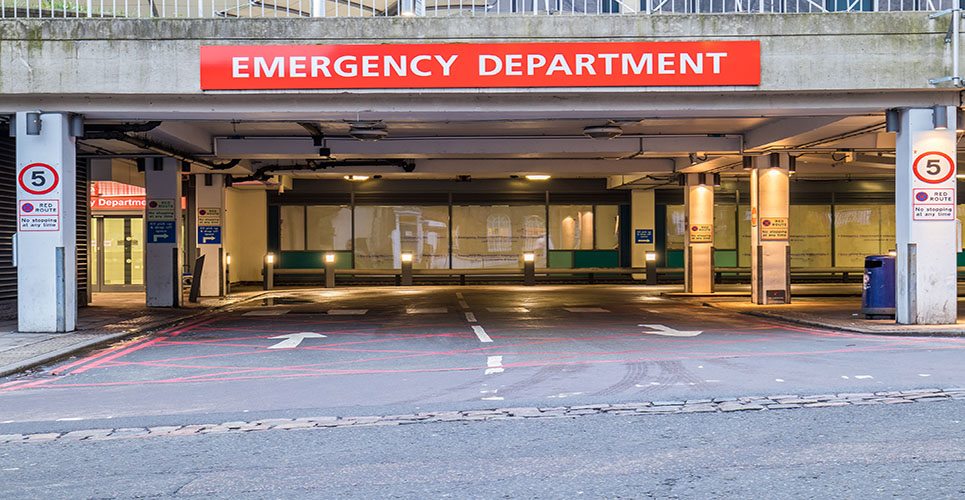teaser
Ray Fitzpatrick
Consultant Editor
Most of us became hospital pharmacists because we wanted to use our professional skills to help patients through better medicines management. In this edition of Hospital Pharmacy Europe we carry a number of articles which demonstrate that concept in practice. The article by Ague and Shaeffer shows that the incidence of preventable medication errors is much higher than we think, which reinforces the need for good medicines management. The article also demonstrates how new technology can be used to assist in identifying and preventing medication errors. As we use more medicines in both hospital and community practice, the issue of medication safety is of paramount importance, and the pharmacist is a central player in ensuring safe medication practice. Using new technology to improve medicines management is also the theme of the article by Leth-Millar and McNulty, in which they describe the implementation of electronic prescribing, which has been shown to support better medicines management. I have previously advocated harnessing new technology in the columns of this journal, and it is always good to see it happening in practice, particularly as cost is often a barrier. However, new technology can only support us in our goal to ensure safe, rational and cost-effective use of medicines; it cannot do the job for us. The article by Martinez-Bengoechea et al nicely describes the use of new technology to support the clinical pharmacist in identifying potential drug-related problems. However, as illustrated in this article, the pharmacist still has to make a clinical decision whether or not to intervene.
The role of the hospital pharmacist in improving medicines management is clearly illustrated in the article by Kdouh and Lagraulet, which describes the impact the pharmacy can make on rationalising antibiotic use. In the UK there have been a number of national initiatives to decrease inappropriate use of antibiotics, and the hospital pharmacist is recognised as playing a central role. Further evidence of the pharmacist’s role in optimising drug use is presented in Tiene Bauter’s article on the role of the clinical pharmacist as part of the chronic pain team. What is particularly interesting in this article is that it reinforces the idea of the pharmacist as a member of a multidisciplinary team caring for the patient. The benefits of a multidisciplinary team approach to prescribing are now recognised in the UK, and we already have pharmacists as supplementary prescribers writing prescriptions to agreed management plans. However, once the relevant training programmes have been approved, we will see the first cohort of pharmacists with the same independent prescribing rights as doctors.
Therapeutic interventions have come a long way since I started my hospital practice. Yes, there are fewer medicines requiring therapeutic drug monitoring and complex pharmacokinetic calculations. However, these medicines have been replaced by powerful, expensive therapeutic agents that are often, but not always, safer. Furthermore, the population of patients we now care for are older, with increasing multifactorial problems, which presents greater therapeutic challenges. As the articles published in this edition clearly demonstrate, we as hospital pharmacists can make a real difference to patient care. These articles also demonstrate that we can harness new technology to assist us in this endeavour. However, I believe we also need to look carefully at the skill mix of support staff, to identify opportunities to create more time for pharmacists to be involved in prescribing decisions and to interact directly with patients. As Gertrude Stein said, “For a difference to be a difference it needs to make a difference.” This edition of Hospital Pharmacy Europe clearly demonstrates that hospital pharmacists are making a difference.

